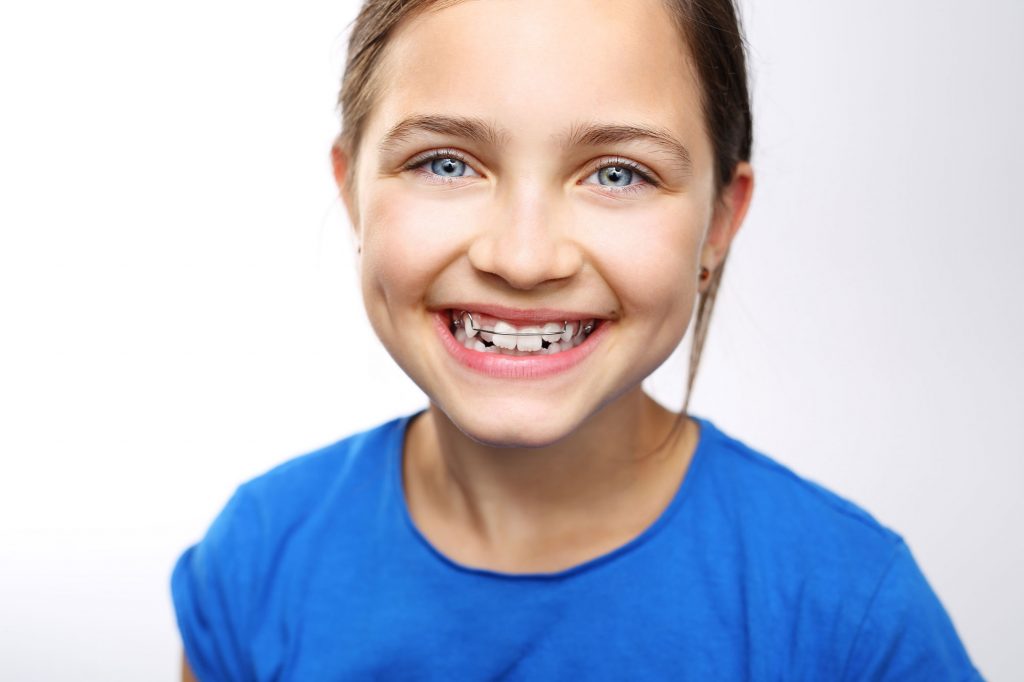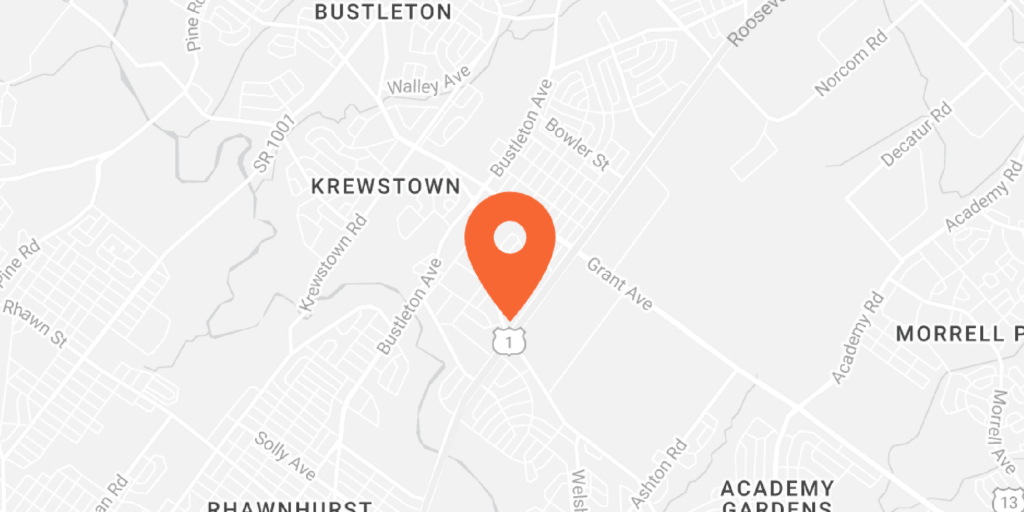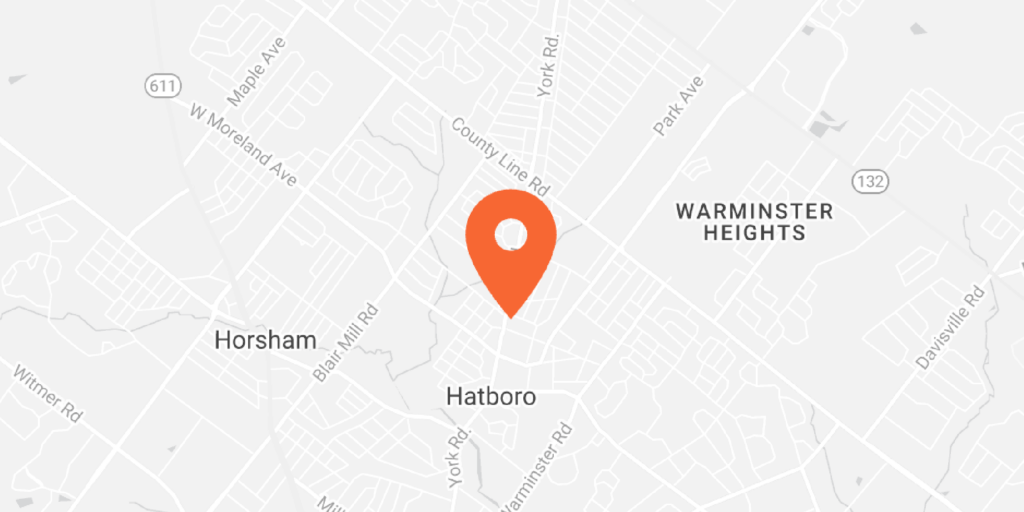Everyone has a different smile, so it only makes sense that there are a variety of problems associated with misalignments. These can be connected to the alignment of the jaws, how the teeth grow in, and even childhood behaviors which have lasting impacts on the shape of the mouth.
When you visit an orthodontist, you will have a chance to see and understand the types of bite problems which affect patients of all ages. Minor gaps and crookedness tend to not be major concerns. Instead, orthodontists are focused on helping patients with the following types of bite problems receive comprehensive orthodontic treatment.
Underbite
The underbite is a common issues, especially among children. It occurs when an individual’s lower jaw is set forward, making the lower row of teeth protrude and cover part of the upper row. This bite problem can cause serious problems such as rapid tooth wear, damage to the enamel, and stress on the joints of the jaw.
Depending on the severity of the overbite, the affected individual could also have a “bulldog” appearance or struggle with teeth that jut out over their upper lip. Braces are a common recommended orthodontic treatment.
Overbite
An overbite is the opposite of an underbite. With this problem, the upper jaw protrudes over the lower one, resulting in an upper row of teeth which covers the lower row. Overbites are one of the most frequently seen issues around the world, and it is often related to having a small or narrow upper palate.
When an individual has an overbite, they can have problems like weak gums, increased damage to the enamel, rapid tooth wear, and difficulty eating. Braces are once again a recommended form of treatment, as is the wearing of a palate expander.
Misalignment
A misalignment is when the jaws or teeth do not line up properly. It does not have to be as severe as an overbite or underbite, but can be any situation where the current alignment of the jaws or teeth are causing excessive wear on the dental enamel and joints of the jaws.
Crossbite
There are two types of crossbite: Posterior and anterior. A posterior crossbite is when the upper teeth fit behind the lower teeth, while an anterior crossbite is when the lower teeth fit behind the upper teeth.
Crossbites can affect a single tooth or multiple teeth. They can also occur with the baby and permanent teeth.
In general, crossbites could be considered one of the more serious bite problems an individual can have. The misalignment of the teeth can cause a broad range of issues like lopsided jaw growth, a lopsided facial appearance, and excessive wearing down of the enamel. The affected teeth could also dig into the gum tissue, weakening it and making it more prone to infections.
Crowding
Crowding occurs when the teeth do not have enough space to grow in properly. The result is that the teeth are jammed together and can begin to overlap, rotate, or even be trapped behind the central row of teeth. There are a plethora of causes for crowding, but the two most common are having large teeth or a small mouth.
Depending on the severity of crowding, a dentist might recommend permanent tooth extraction, braces, a palate expander, or even surgery. If a patient is young enough, pulling teeth can help prevent future crowding as an adult.
Gaps
A gap in the smile is when two teeth are not properly aligned, resulting in a space between them. It is normal to have a small gap, particularly between the two front teeth. However, larger gaps can be a major cause for concern. They can result in weakened gum tissue, an increased risk for gum disease, and also unnatural shifting of the rest of the smile.
Gaps can typically be solved with braces or by using a dental implant.
Deep Bite
A deep bite is when the front teeth almost completely cover the bottom ones. A deep bite could be considered an overbite, but not all overbites are deep bites.
This is a serious misalignment which leads to serious issues, especially for the gums. Because the teeth envelop one another, the cusps are constantly cutting and scraping the gums on the opposite jaw. This increases the risk of infection, but can also loosen the hold the tissue has on the teeth.
In serious cases, individuals with deep bites can lose their permanent teeth.
Open Bite
There are two types of open bite: Posterior and anterior. In a posterior open bite, the front teeth do not close while the back teeth do. In an anterior open bite, the front teeth close together but the back teeth do not.
Sometimes an open bite can be caused by having small or irregularly sized teeth, but the issue is also influenced by childhood behaviors like breathing through the mouth, sucking a thumb, or constantly pushing on the teeth with the tongue.
Some consequences of an untreated open bite include trouble swallowing and the development of speech impediments.
Protrusion
A protrusion is when the front teeth stick out at an odd angle. A protrusion is typically called “buck teeth,” and one can occur if the upper jaw is too far forward, the lower jaw is too far back, or the teeth simply emerged at an odd angle. Some childhood behaviors can also cause a protrusion, including sucking one’s thumb as an older child.
Protrusions have the longest list of consequences and can be extremely uncomfortable. Untreated protrusions can result in permanent tooth loss, an increased risk of breaking the front teeth, trouble closing the mouth, mouth breathing, and excessive oral dryness leading to tooth decay.
Conclusion
There are many types of bite problems that can affect children and adults alike. If you or someone you know is experiencing one of these issues, visit an orthodontist near you in Philadelphia. Braces are one of the simplest treatments available and can correct not only the alignment of the teeth, but also the total alignment of the jaws.



